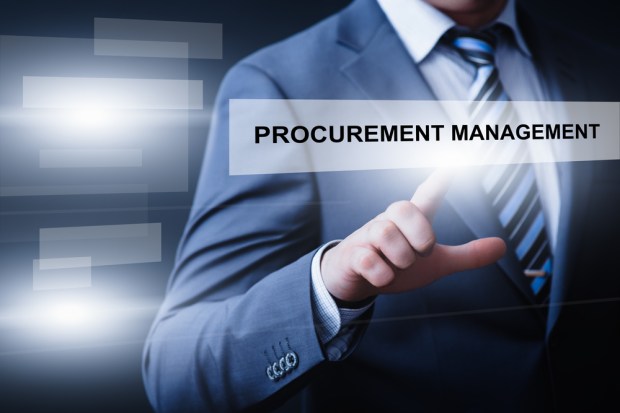Rising To The Challenge Of Faster, Safer B2B Payments

The last time PYMNTS spoke with corporate payments and FinTech firm Cambridge Global Payments, the company’s chief technology officer, Corinne MacMillan, stressed the rapid progression of payments technology in the consumer space and how, inevitably, corporations will want the same advanced tools.
“The more consumers are being inundated with user experiences that are intuitive and agile, the greater the expectations are becoming for enterprises to conduct business in a digital format that provides the same, if not better, user experience ubiquitous today,” the executive said last year.
PYMNTS caught up with MacMillan once again to touch on the progress the payments industry has made in providing the enterprise with the same level of sophistication as it does to consumers.
According to the CTO, a prominent driver in this effort is collaboration between all of the payments and FinTech players that touch on the multitude of points in enterprise payments — from invoicing to supplier communication, cross-border payments and reconciliation and everything else between accounts payable and accounts receivable.
These partnerships are popping up quickly, she said, and are using a more efficient strategy than they had in the past.
“Cambridge Global Payments, or our competitors, or financial institutions, for that matter, would spend time integrating with customers’ ERP systems so they didn’t have to repeat transactions,” MacMillan explained, adding that these payment facilitators often need to loop themselves into companies’ existing AP and procurement departments.
In the end, it makes for a more streamlined procure-to-pay process, but the means to that end can be a headache, especially for the companies involved.
“On the customer side, it morphs into a large project, which may or may not fit their roadmap,” the CTO said.
These integrations, one by one, mean the effort to reduce friction and automate accounts payable processes actually adds to the friction load. With that in mind, the demand for automated AP solutions hasn’t waned.
“We do see a lot of our customers in the SME and corporate enterprise space looking for invoice automation solutions,” MacMillan said. These clients want payments and accounting tools to loop directly into their existing ERP systems or to fully automate the accounts payable journey altogether.
That everlasting call for automation has encouraged these AP automation companies to link with payments companies, allowing them to spread their streamlined services across their customer bases — and not with just one customer at a time.
Cambridge Global Payments is only the most recent payments company to do this, having partnered with eInvoicing and AP automation firm Beanworks, using Cambridge’s payments solutions to close the procure-to-pay circle.
Before that partnership was tied, however, MacMillan said Cambridge’s corporate partners in the AP solutions space were transparent about their interest in collaboration.
“There was a clear need for them to connect with a payments provider on the back end of their workflow to make it seamless for the customer to have invoices coming into a central location and to have that location talking to both ERP systems and their payment provider,” she explained.
Late last year, Cambridge Global Payments expanded its cross-border payments capabilities with the launch of Cambridge Link, a platform to streamline international transactions between business partners.
MacMillan agreed that, with corporations reaching out to overseas suppliers and business partners, that call for holistic AP solutions, from invoicing to payment, will not only grow louder but is likely to grow more complicated.
Transparency, visibility and the ability to gain a future perspective in the accounts payable space are all crucial in cross-border deals, MacMillan said. And while some businesses may be caught off guard by the challenges associated with paying overseas suppliers, the CTO noted that corporations recognize the hurdles.
“SMEs to mid-market recognize that there are challenges with having to do that,” MacMillan said of the process of launching global operations. “I think they seek out providers to help them solve some of these problems.”
Payments technology develops at lightning speed, but one thing has remained the same since the last time MacMillan spoke with PYMNTS: Corporates will still be demanding the same quality of financial services that they receive in their personal lives.
That means, in addition to the added complexities of global expansion, businesses will want faster payments, safer payments and cheaper payments, MacMillan noted. Cambridge Global Payments, she said, is tackling this trio through exploring alternative payment channels, among other initiatives.
For Cambridge and for other payment players, that strategy is also likely to include more joint ventures with AP solutions providers. It’s all part of the journey to giving corporations the quality of payments technologies that consumers see.
“On the consumer side, going into the various technologies available for consumers to send payments, at Cambridge, we really believe it’s not going to be much longer where our businesses are going to be expecting the same level of service,” MacMillan stated. “They’re going to be expecting the same types of technology, and the same levels of service that any consumer would.”
